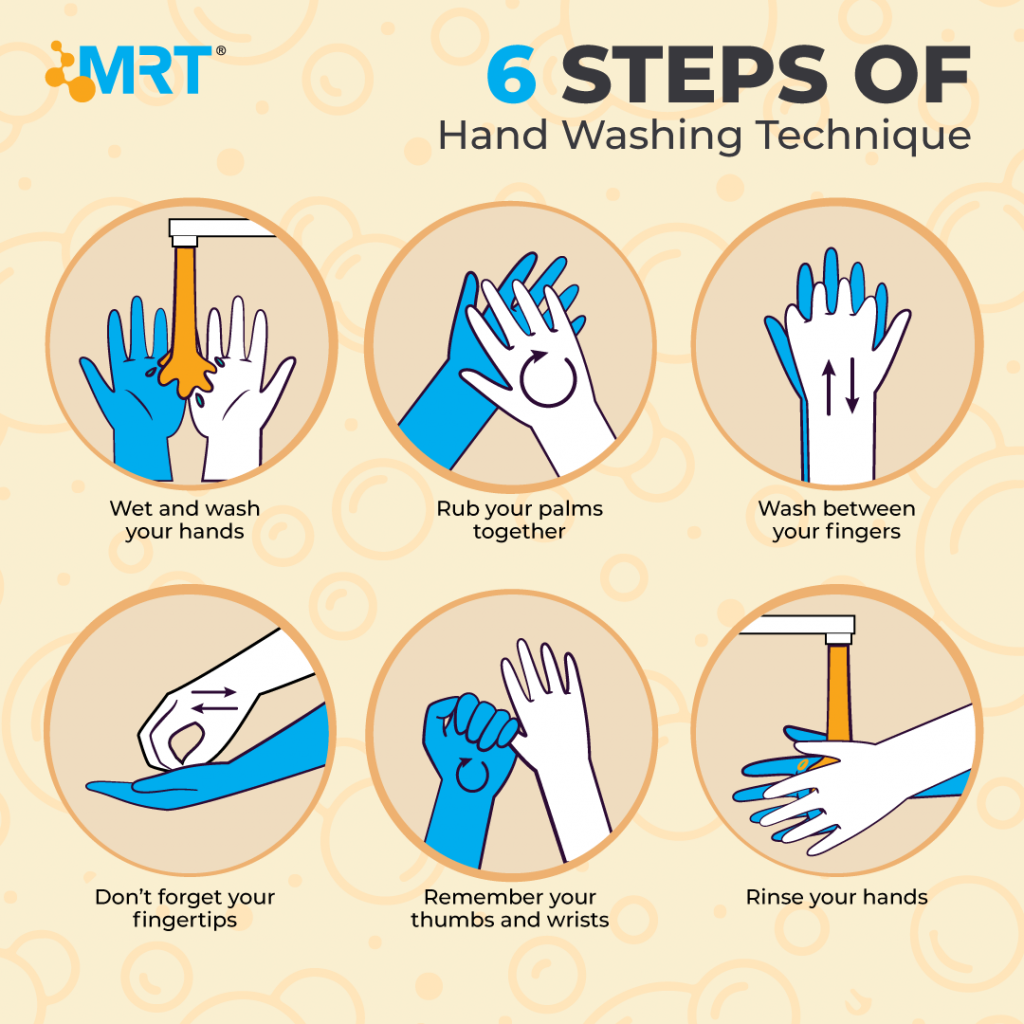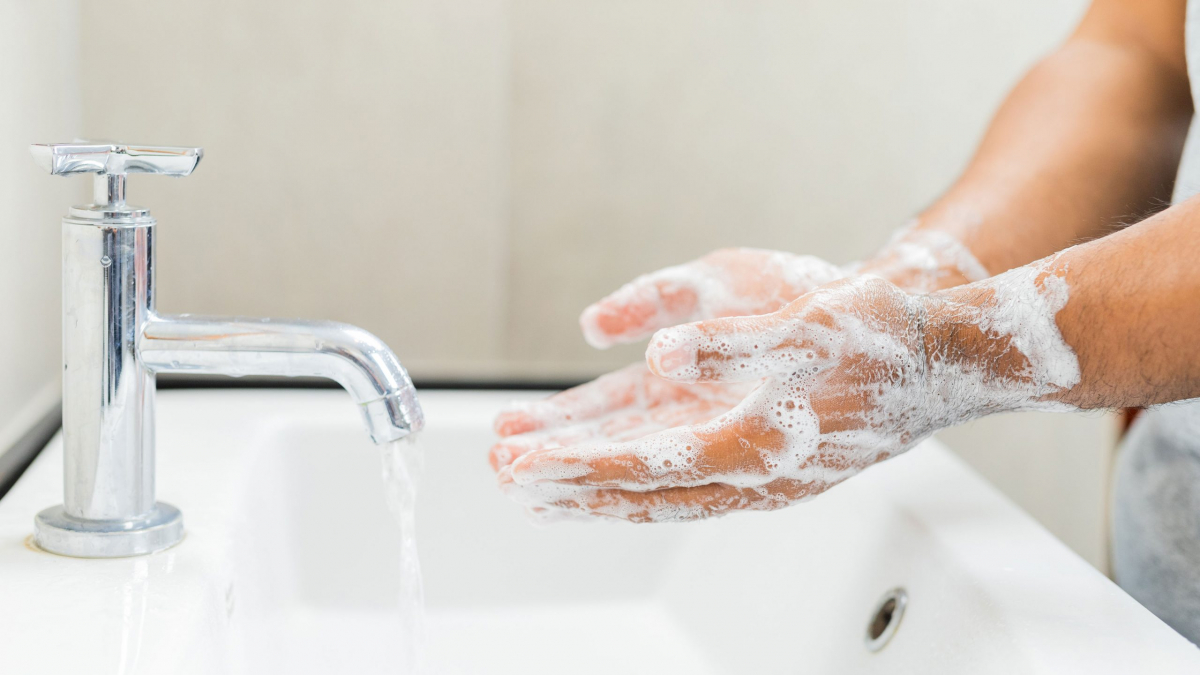Show Me the Science - How to Wash and Dry Your Hands
As the cases of coronavirus continue to climb within the country, people are on high alert looking for ways to protect themselves and avoid germs. One reliable method is, of course, washing your hands. In fact, washing your hands regularly with soap and water can lower your risk of contracting diarrheal diseases by 50%.
At this point, we’re likely all well aware that washing your hands for 20 seconds with soap and water is considered the gold standard. But the last step is something we’re all guilty of not doing – drying your freshly washed hands. And it turns out that drying your hands is a step you don’t want to miss. Yes, drying your hands is as important as washing them.
The Right Way to Wash Your Hands
Since hands could become re-contaminated if placed in a basin of standing water that has been contaminated through previous use, clean running water should be used.
Start by lathering your hands and rubbing them together with soap. This creates friction which helps to lift dirt, grease, and microbes from the skin. Microbes are present on all surfaces of the hand, often in particularly high concentration under the nails, so the backs of your hands, between your fingers, and under your nails, should be scrubbed.
So, how long should you scrub your hands? Apparently, the ideal length of time is 20 seconds, although this depends on various factors, including how dirty the hands are and the setting of the person washing their hands.
For example, surgeons coming into contact with disease-causing germs may risk of spreading serious infections to vulnerable patients, so they may need to wash their hands longer than the average person. Research has shown that washing hands for about 15-30 seconds removes more germs from hands than washing for shorter periods. Let us show you the proper hand washing technique in 6 steps.

Now you can make hand washing fun by checking out some of the videos below:
Follow up by rinsing your hands well under clean, running water. Rinsing the soap away can minimize skin irritation.
Why Should You Dry Your Hands
The very act of drying your hands is rife with potential problems – one of which is the re-contamination of germs and bacteria on your hands.
Drying your hands may be a secondary requirement; yet, many are unaware that drying wet hands is vital in keeping bacteria and contamination at bay on your hands. Damp hands can spread 1,000 times more bacteria than dry hands! Thus, it is good to practise drying your hands before leaving the washroom.
So what is the most hygienic to dry your hands?
Paper, Cloth or Air Dryers?
Studies show that drying your hands with paper or cloth towels removes even more germs than washing alone as the friction of drying reduces the germ count even further. Paper towels can also be used to turn off the faucet and open the door, despite being less earth friendly than the cloth variety.
Cloth towels come with the condition that they should only be used at home where each person has his or her own towel and spot to hang it, and washed regularly (or every few days if they’re used often).
Air dryers, on the other hand, are believed to blow germs back onto your hands and into the air where you can breathe them in. One study found that air dryers can blow around potentially pathogenic air which prompted a Connecticut health centre to trade in their dryers for paper towels to protect people with compromised immune systems.
Remember, washing your hands properly can remove dirt, viruses and bacteria. It stops them from spreading to other people and objects. It can also prevent the spread of infections when you’re in a hospital or another healthcare setting.

